3,286cc SOHC V12 Engine 3 Weber Carburetors 280bhp at 7,600rpm 5-Speed Manual Transaxle 4-Wheel Independent Suspension 4-Wheel Disc Brakes *Rare factory test far allotted to compete in the Monte Carlo Rally *Retains matching numbers engine *Desirable alloy bodied, long-nose example *Well-documented history and provenance *Offered with books, tools and Ferrari Classiche Red Book once issued by Ferrari THE FERRARI 275 GTB A perhaps apocryphal story ascribes Enzo Ferrari's motivation in replacing the 250 GT Lusso with the 275 GTB to his belief that the Lusso was too beautiful to convey properly the image of Ferrari. Like many Ferrari stories, it may be less than fully accurate, but contributes to the myth that surrounds the marque. Its logic, however, is supported by the judgment of history: the aggressive 275 GTB is today more coveted by collectors than the Lusso, even though the Lusso's design has endured the test of time to be generally agreed as among the most pure and beautiful products of the collaboration between Ferrari and Pininfarina. The 275 GTB has other distinctive attributes, not least its place as the first fully independent suspension transaxle-equipped Ferrari road car, and for the power and tractability of its 3.3-liter 60° V12 engine developed from the 1½ liter Colombo "short block" originally designed in 1947. The engine was mounted low and further back, taking advantage of some of the space created by moving the transmission to a unit with the differential. Performance, handling and technical advancements aside, it is the coachwork penned by Pininfarina and executed with individuality and attention to detail by Scaglietti that creates the 275 GTB's image: aggressive, svelte and taut with power and potential. In common with the best designs, the 275 GTB integrates form with function. There is nothing pretentious. Every feature has a functional purpose, from the covered headlights to the Kamm tail and small aerodynamic spoiler. The long hood that so eloquently defines the 275 GTB's performance intention is the direct result of the engine setback. Large tires dictate the tall, bulging fenders. The sloped windscreen and fastback roof are only as tall as driver's headroom and visibility requires. Each vent and curve has a purpose finely calculated to only one end: creating the finest, fastest road-going Berlinetta in the world. As Ferrari quarreled with the FIA in the mid-1960s over the marque's grudging change from front- to mid-engine placement in its sports-racing cars, the 275 GTB carried on as the mainstay of the marque. Ferrari knew this highly evolved Berlinetta, with its improved rear suspension and the balance permitted by its rear-mounted transaxle, would, like all good Ferraris of the time, be driven from showroom floor to race tracks around the world. Each 275 GTB is, essentially, unique. Still small enough to cater to individual client's desires and essentially self-contained, Ferrari could offer an almost infinite variety of performance features and appointments. Coachbuilder Scaglietti still employed artisans who constructed each body by hand, imparting the individuality of bespoke construction to every car. The most desirable 275 GTBs today are the few that received lightweight, aluminum coachwork. Within Ferrari, improvements were regularly incorporated as the 275 GTB evolved given experiences and suggested refinements. On the aesthetic front, the biggest change was made about a year into the production run in 1965 with the re-design of the nose. It was found that the early cars had a tendency to create front-end lift at high speeds, so the nose was slightly lengthened and made slimmer, a look even more evocative of the 250 GTO. 275 GTBs have since been categorized as short or long-nose cars. If there is one Ferrari to own within the span of the marque's first quarter-century it is the 275 GTB. Blistering performance, quick, responsive handling, ideal weight distribution and the aggressive Pininfa
3,286cc SOHC V12 Engine 3 Weber Carburetors 280bhp at 7,600rpm 5-Speed Manual Transaxle 4-Wheel Independent Suspension 4-Wheel Disc Brakes *Rare factory test far allotted to compete in the Monte Carlo Rally *Retains matching numbers engine *Desirable alloy bodied, long-nose example *Well-documented history and provenance *Offered with books, tools and Ferrari Classiche Red Book once issued by Ferrari THE FERRARI 275 GTB A perhaps apocryphal story ascribes Enzo Ferrari's motivation in replacing the 250 GT Lusso with the 275 GTB to his belief that the Lusso was too beautiful to convey properly the image of Ferrari. Like many Ferrari stories, it may be less than fully accurate, but contributes to the myth that surrounds the marque. Its logic, however, is supported by the judgment of history: the aggressive 275 GTB is today more coveted by collectors than the Lusso, even though the Lusso's design has endured the test of time to be generally agreed as among the most pure and beautiful products of the collaboration between Ferrari and Pininfarina. The 275 GTB has other distinctive attributes, not least its place as the first fully independent suspension transaxle-equipped Ferrari road car, and for the power and tractability of its 3.3-liter 60° V12 engine developed from the 1½ liter Colombo "short block" originally designed in 1947. The engine was mounted low and further back, taking advantage of some of the space created by moving the transmission to a unit with the differential. Performance, handling and technical advancements aside, it is the coachwork penned by Pininfarina and executed with individuality and attention to detail by Scaglietti that creates the 275 GTB's image: aggressive, svelte and taut with power and potential. In common with the best designs, the 275 GTB integrates form with function. There is nothing pretentious. Every feature has a functional purpose, from the covered headlights to the Kamm tail and small aerodynamic spoiler. The long hood that so eloquently defines the 275 GTB's performance intention is the direct result of the engine setback. Large tires dictate the tall, bulging fenders. The sloped windscreen and fastback roof are only as tall as driver's headroom and visibility requires. Each vent and curve has a purpose finely calculated to only one end: creating the finest, fastest road-going Berlinetta in the world. As Ferrari quarreled with the FIA in the mid-1960s over the marque's grudging change from front- to mid-engine placement in its sports-racing cars, the 275 GTB carried on as the mainstay of the marque. Ferrari knew this highly evolved Berlinetta, with its improved rear suspension and the balance permitted by its rear-mounted transaxle, would, like all good Ferraris of the time, be driven from showroom floor to race tracks around the world. Each 275 GTB is, essentially, unique. Still small enough to cater to individual client's desires and essentially self-contained, Ferrari could offer an almost infinite variety of performance features and appointments. Coachbuilder Scaglietti still employed artisans who constructed each body by hand, imparting the individuality of bespoke construction to every car. The most desirable 275 GTBs today are the few that received lightweight, aluminum coachwork. Within Ferrari, improvements were regularly incorporated as the 275 GTB evolved given experiences and suggested refinements. On the aesthetic front, the biggest change was made about a year into the production run in 1965 with the re-design of the nose. It was found that the early cars had a tendency to create front-end lift at high speeds, so the nose was slightly lengthened and made slimmer, a look even more evocative of the 250 GTO. 275 GTBs have since been categorized as short or long-nose cars. If there is one Ferrari to own within the span of the marque's first quarter-century it is the 275 GTB. Blistering performance, quick, responsive handling, ideal weight distribution and the aggressive Pininfa
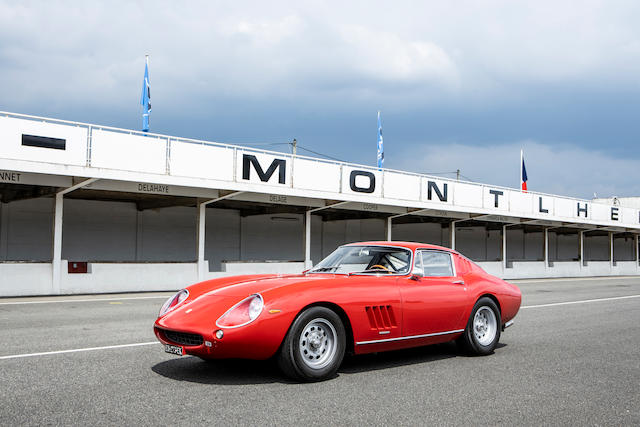
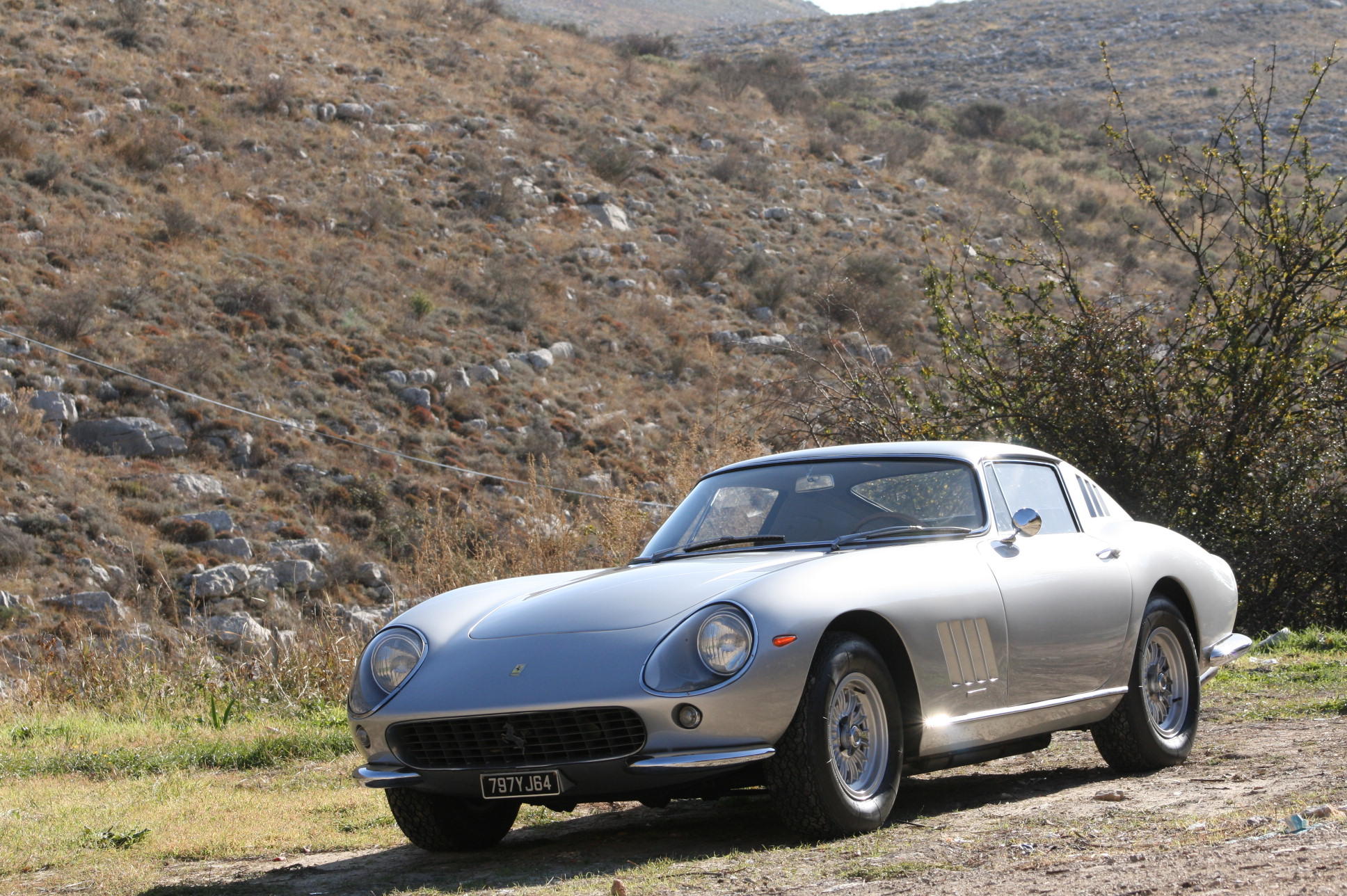

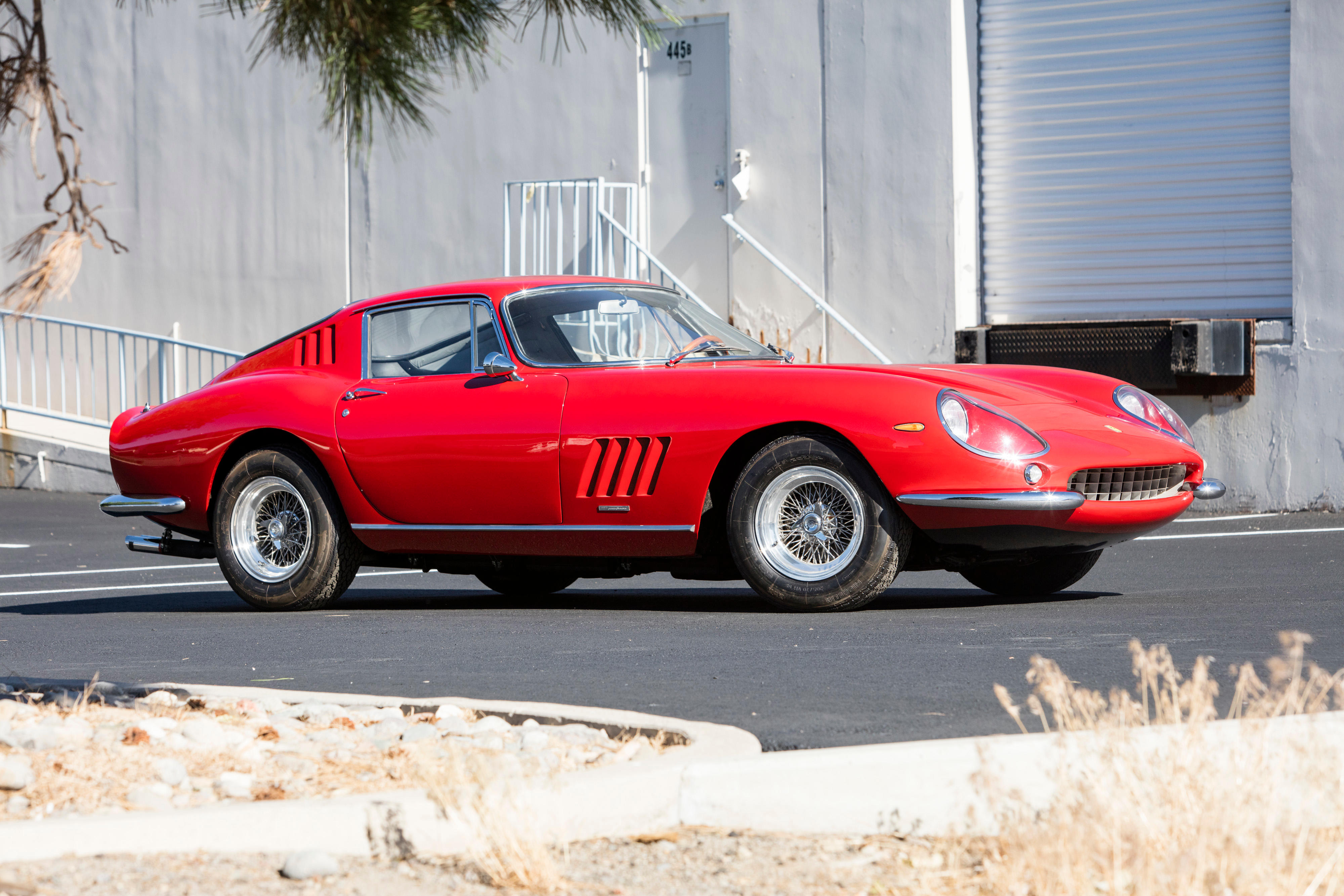

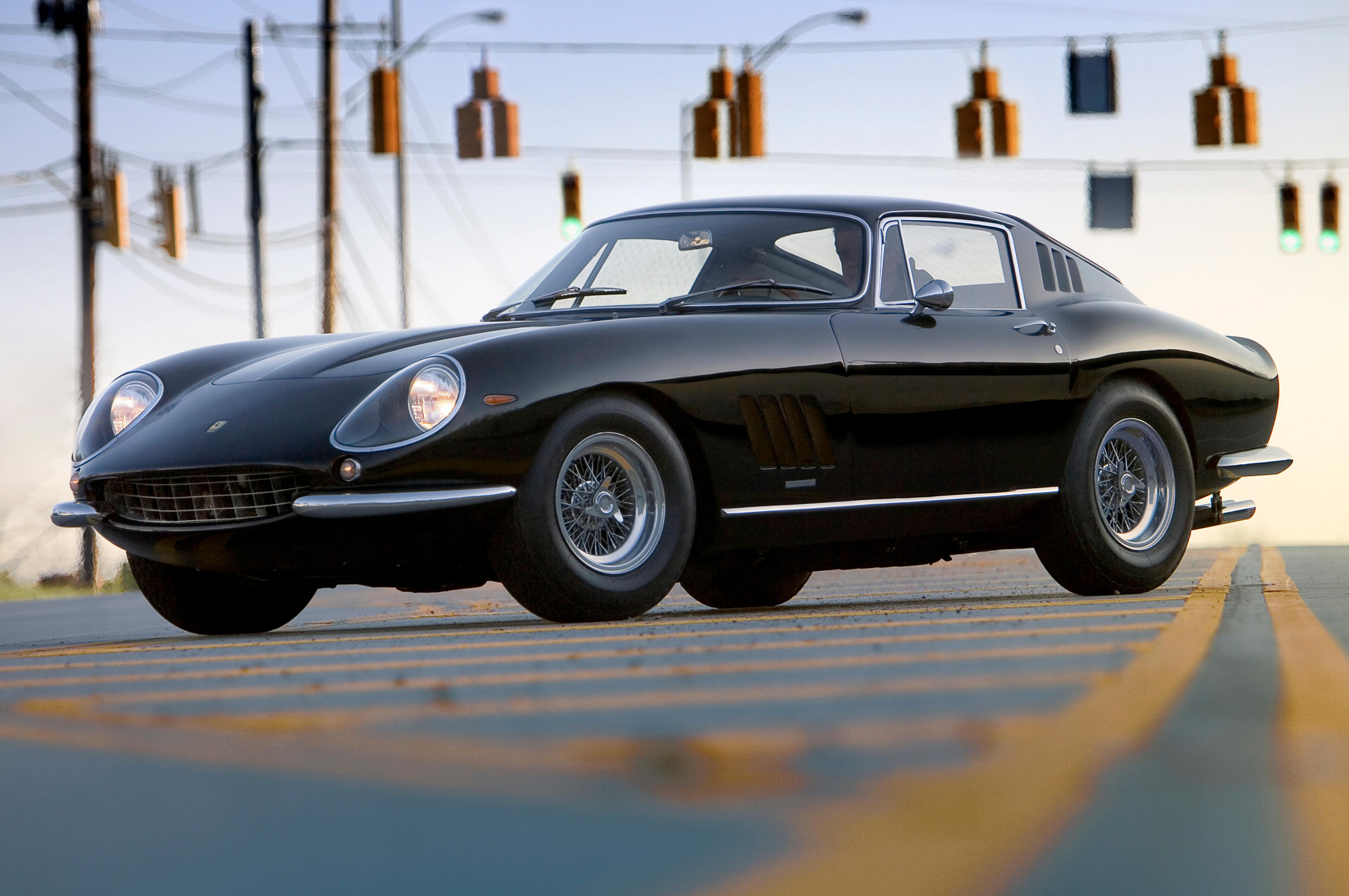
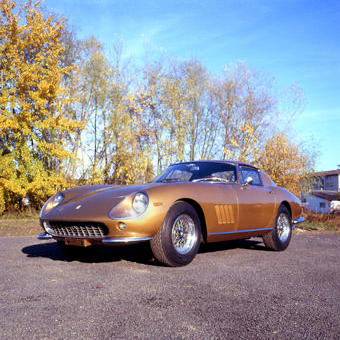

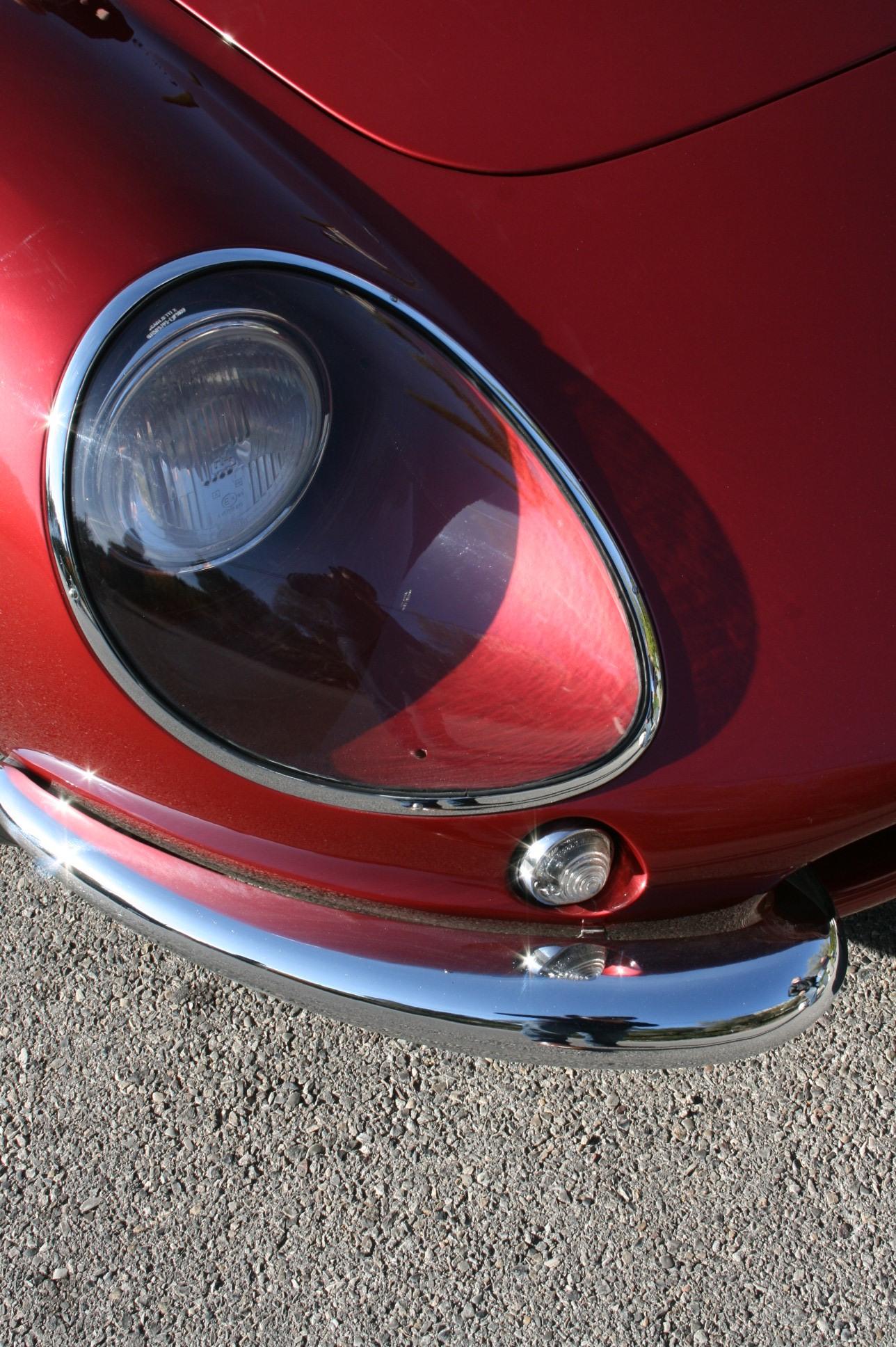

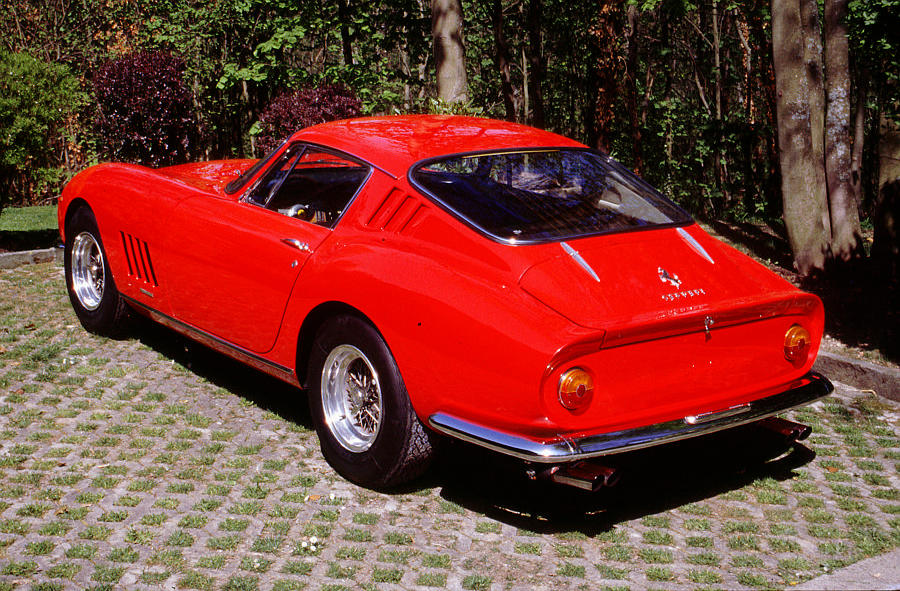
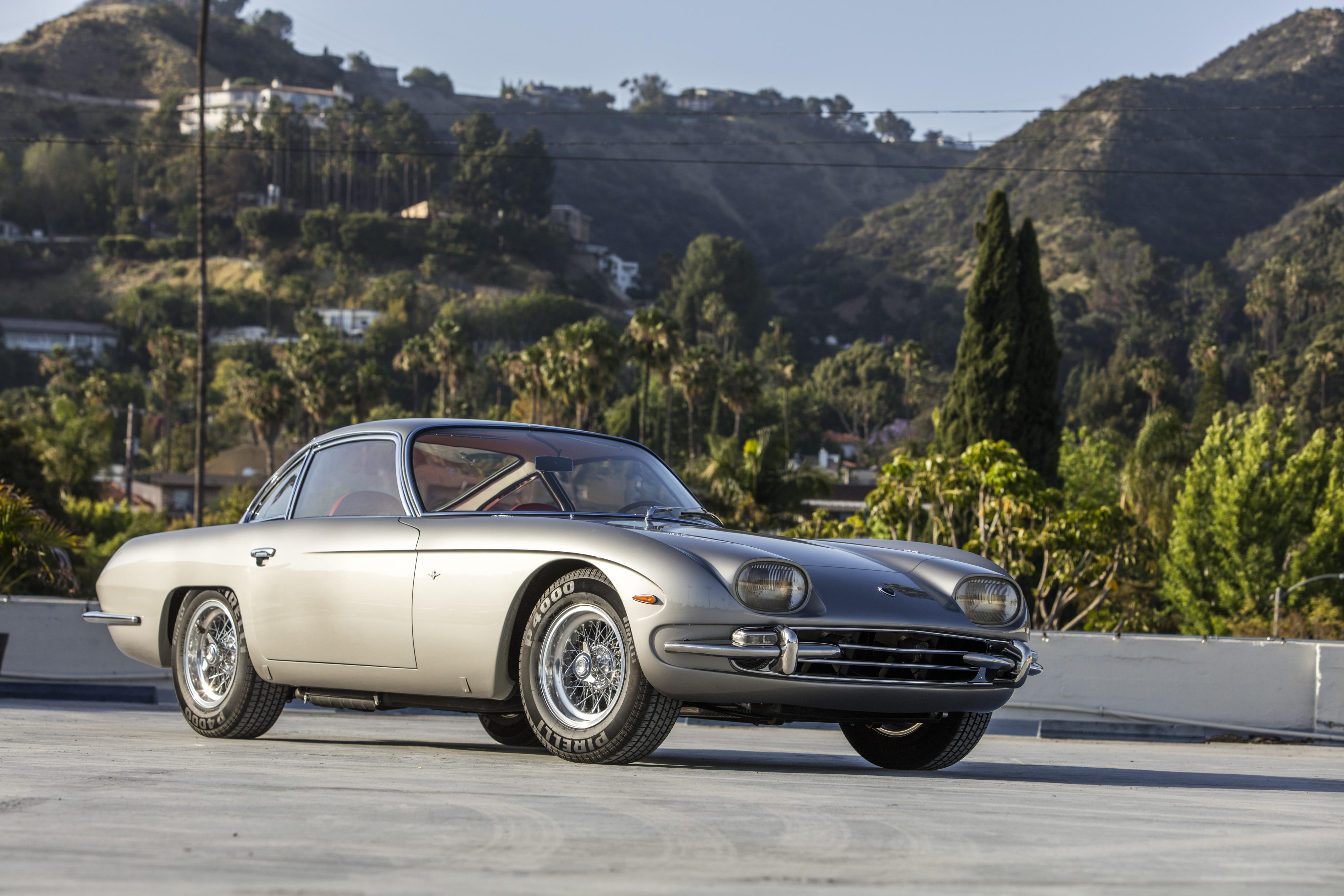

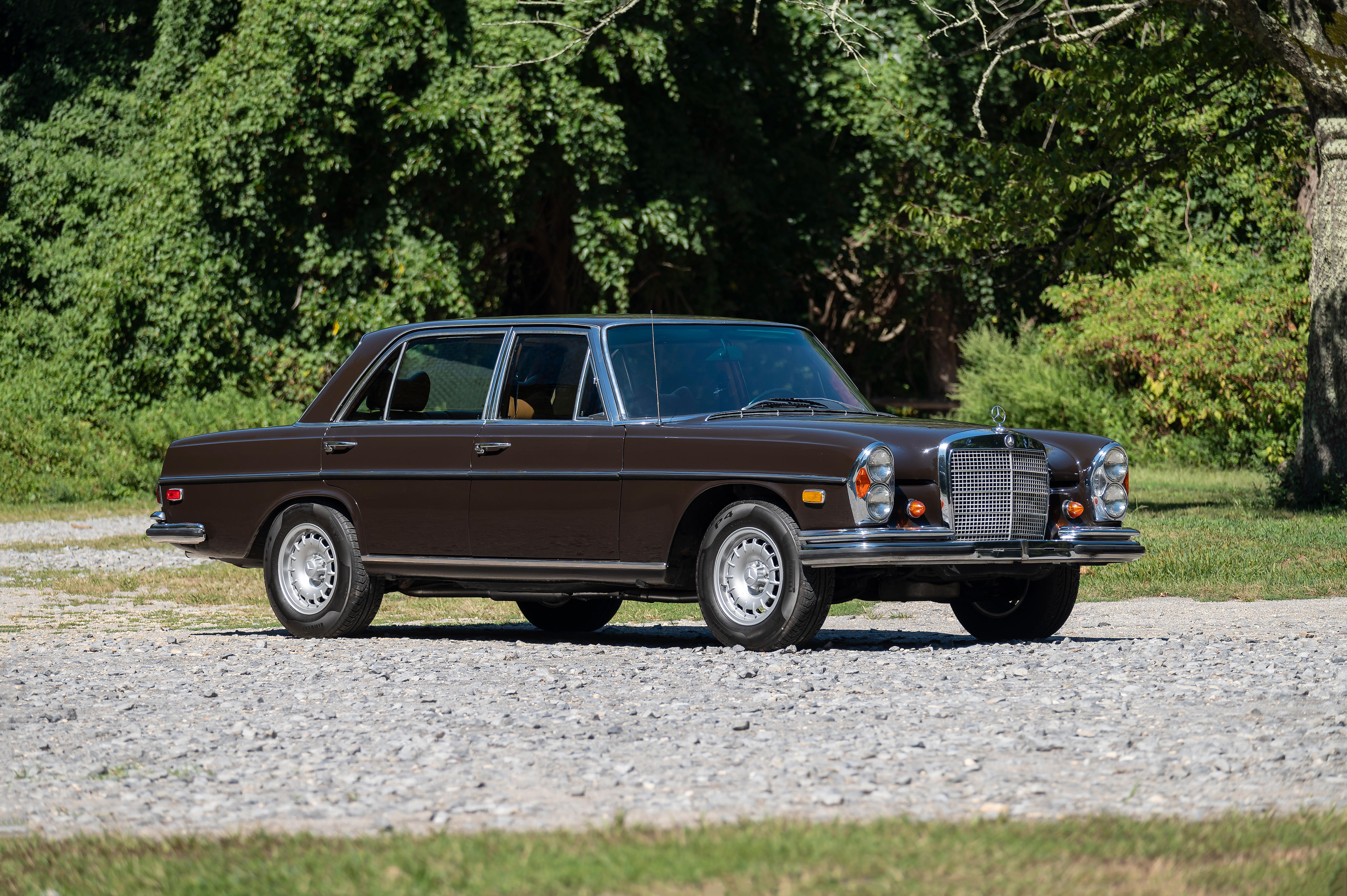
Testen Sie LotSearch und seine Premium-Features 7 Tage - ohne Kosten!
Lassen Sie sich automatisch über neue Objekte in kommenden Auktionen benachrichtigen.
Suchauftrag anlegen